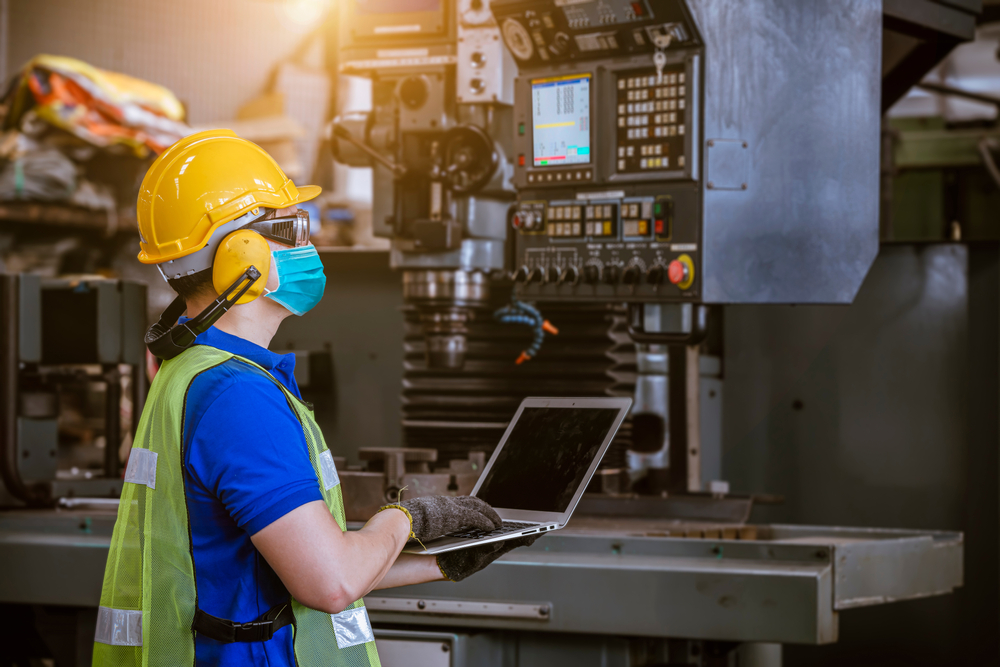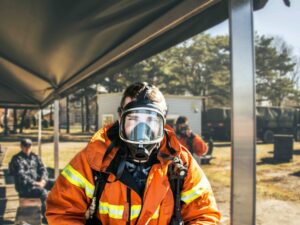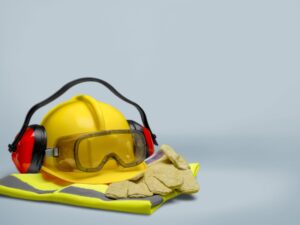
How To Improve Occupational Hygiene
Many businesses don’t consider occupational hygiene when starting their entrepreneurial journey, but those who do are quick to see the benefits of a healthy and safe work environment. At Apex Environmental, we understand the importance of occupational hygiene. This guide will show you how to improve occupational hygiene and prove how necessary it is for business growth.
What Is Occupational Hygiene?
Occupational hygiene is the process of anticipating, identifying, evaluating, and controlling health hazards in working environments to protect employee health and wellbeing and to protect the community at large.
The Benefits Of Occupational Hygiene
Occupational hygiene is beneficial for employee health, productivity, and company culture by ensuring a safe and healthy environment for everyone.
It will also improve how your business looks to existing clients and potential investors.
Good occupational hygiene benefits your employees and your business alike. You can enjoy:
- Improved employee health with increased life expectancy.
- Reduction in the number of workers who have to leave employment early due to injury or illness.
- Lower social and healthcare costs and maximised workers’ potential.
- Enjoy more efficient working processes with greater improvements and increased productivity.
4 Steps To Improve Occupational Hygiene
At Apex Environmental, we’ve perfected occupational hygiene to a fine art. Implement the steps below to improve occupational hygiene, employee satisfaction, and workplace productivity.
Start With An Assessment
The first step to improving occupational hygiene is understanding the risks and hazards your employees will face. You need to perform an occupational health risk assessment.
This assessment is the process in which potential health hazards are identified, and the extent of the exposure is quantified.
The results are then compared to legislative standards to assess compliance and the efficacy of the existing control measures.
Based on the above, recommendations are formulated, stipulating how legislative compliance can be or is being achieved.
Train And Develop Your Staff
Your staff can’t improve occupational hygiene without training in health and safety.
The right learning program will help them develop occupational hygiene habits and provide them with the know-how to identify specific processes and physical, chemical, and biological hazards in the workplace.
Once identified, they’ll be able to evaluate these hazards and act in a manner that will preserve occupational hygiene standards in the workplace. Be sure to educate them on health and safety practices relevant to their field.
Hierarchy Of Control
Your organisation needs a simple, workable hierarchy of controls.
A hierarchy of control is a framework that identifies the relative effectiveness of various corrective actions that managers and safety officers can take to mitigate safety hazards.
Typically a hierarchy of controls includes the following:
- Elimination: Your first step should be to eliminate the potential danger. Notice that this corrective action doesn’t depend on your worker remembering to do something.
- Substitution: Is it possible to replace the threat, for example, by modifying the equipment or tools used to perform a dangerous task?
- Engineering Controls: Can you put a barrier between your workers and the hazard? A barrier could protect your employees from danger and reduce the likelihood of injury.
- Administrative Controls: Can you change the process or how your workers perform a dangerous job?
- Personal Protective Equipment (PPE): If the above steps don’t work, is it possible you need to provide PPE to protect your workers from the hazard. Unfortunately, this relies on your workers to remember to don PPE each time they encounter a hazardous situation.
Regularly Inspect PPE
For some businesses, Personal Protective Equipment (PPE) is a must.
Whether you are operating heavy machinery or working around biohazard substances, the equipment used by your staff should regularly be inspected, disinfected, and tested to ensure maximum efficiency.
This way, employees are free to perform at maximum efficiency without accidents and with complete trust in the installed safety procedures.
Employees should use equipment as intended and be educated on care and storage procedures. PPE should be kept in perfect condition through the collaboration of employees and employers.
Work With South Africa’s Leading Occupational Hygienist
Contact Apex Environmental for an occupational hygiene risk assessment.
You can quickly and effortlessly improve occupational health for employee welfare and business growth. Get started on your journey to creating a safe working environment with an industry-specific evaluation.








